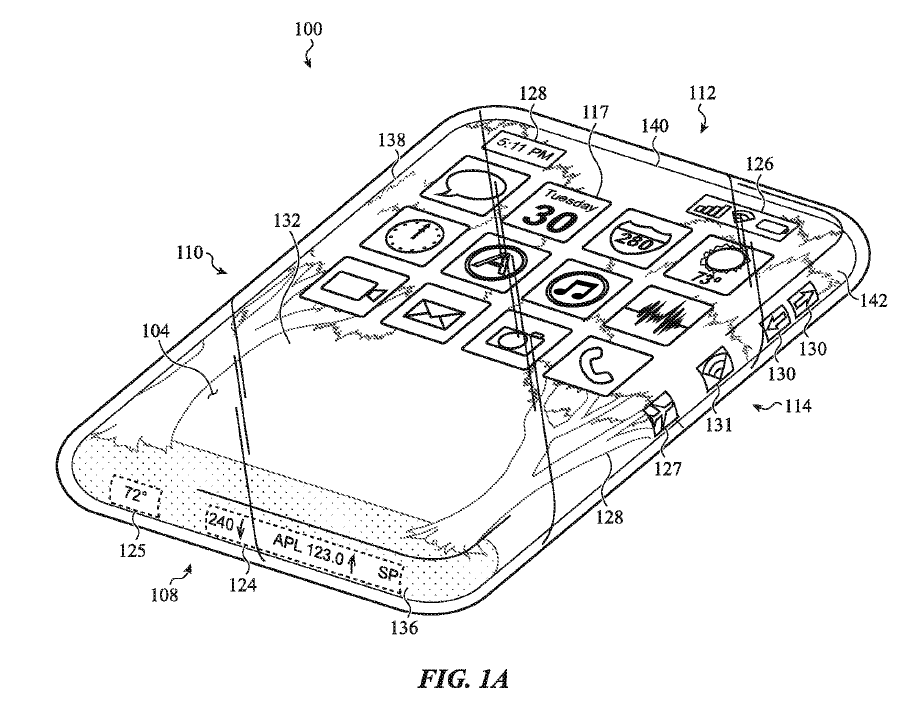What is He Dreaming About?
While the entire body looks like a single piece of glass, it is actually two or more pieces joined using glass frit, a bonding material that acts as glass solder, melting at relatively low temperatures and then quickly hardening to seal the bond. Such materials were used to join the glass parts of cathode ray tubes. Panel producers also dream of such devices as the potential for a second display on the back and more simplified indicators on the side mean more panel content and more dollars/phone. Of course, a patent, while an indication of potential direction, does not mean such a device is being developed, and there are still a number of issues, particularly the need for machining to create holes for microphones and speakers, but device producers have surmounted many such problems over the years in order to differentiate their products, and glass scientists continue to fabricate new materials that were not even dreamed about a few years ago.
With ultra-thin flexible glass just beginning to have an impact and more mature hardened glass products moving from consumer electronics to the automotive space, the reality of a six-sided all glass smartphone no longer seems that far-fetched. Samsung (005930.KS) originated mobile devices with rounded edges, which also seemed fanciful a few years back and now seem the norm, so the reality of such a truly six-sided device with multiple displays and indicators is both plausible and possible, but what will really put a smile on this man’s face is that the six-sided, all glass phone will need six sides of Gorilla Glass™ to protect it. That’s a lot of glass.




 RSS Feed
RSS Feed